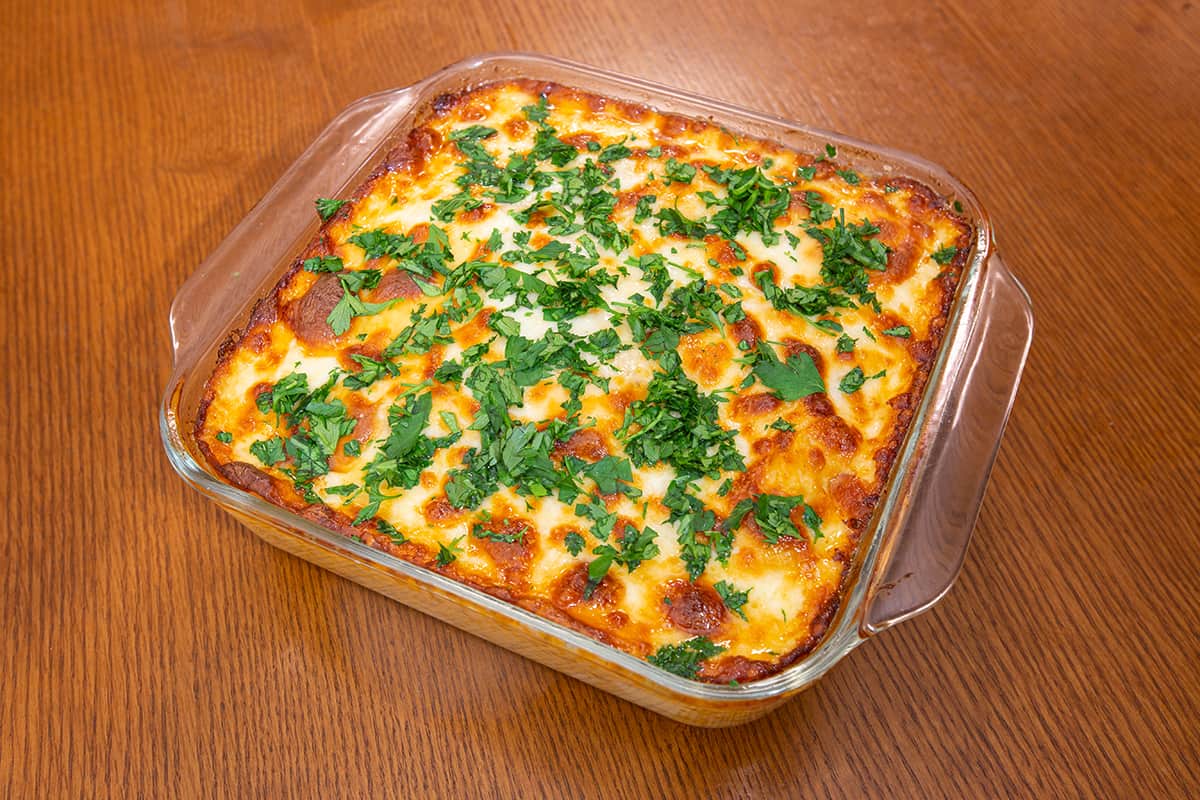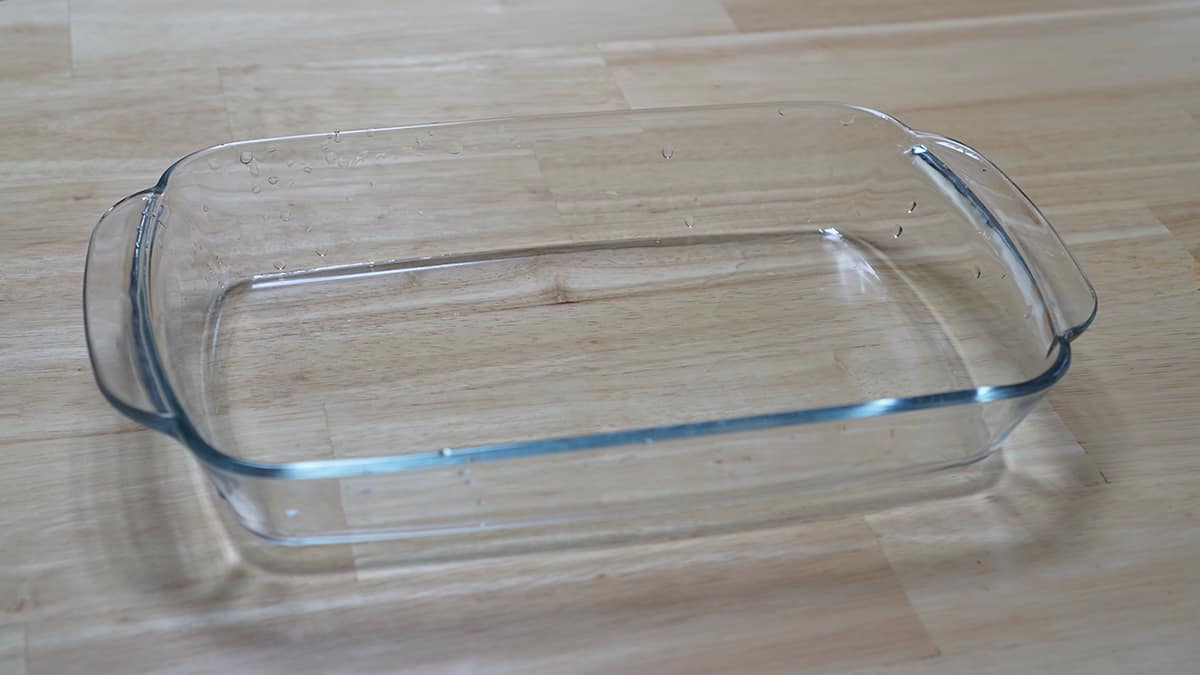Pyrex is a great material for ovenware. It’s durable and versatile, able to withstand high temperatures without shattering or breaking. However, you need to take some precautions when using Pyrex in the oven. Pyrex glass has poor thermal shock resistance; this means that if you put cold Pyrex into a hot oven, it could shatter unexpectedly.
To avoid this happening, always preheat your Pyrex dish before putting it in the oven, and don’t place hot Pyrex on a cold surface or vice versa. The following information will help you understand how to safely use your Pyrex cookware in the oven.
Yes, You Can Put Pyrex in the Oven

You can bake Pyrex in the oven. This makes it a versatile and useful baking tool. The good news is that Pyrex is oven-safe, but there are some limitations on how far you can take this feature.
According to the manufacturer, Pyrex is safe up to 425 degrees Fahrenheit (464 degrees Celsius). So, if you’re going to be using your Pyrex dish in a standard home kitchen oven with one of those settings, then it should work just fine without any problems at all!
But what if we want to use our trusty Pyrex dish at higher temperatures? Well, fortunately, that works as well! You can safely use your Pyrex dish up to 649 degrees Fahrenheit (343 degrees Celsius), which means that if you have an industrial oven or something similar, then no problem!
Just make sure not to leave them in there too long, though, because they will break eventually, especially when being heated up so high over such long periods of time.
Pyrex is Oven-safe, But Not If it’s Chipped
Pyrex is oven-safe up to 450 degrees Fahrenheit but chipped Pyrex will shatter. The tempered glass is made to withstand extreme temperature changes, and it’s completely safe for use in the microwave or refrigerator.
However, if you have an older piece of Pyrex with a number on the bottom that looks like it might be an 8 or 9, then avoid using it on the stovetop.
The old-style numbers indicate that your cookware has not been tempered correctly and could potentially shatter at high temperatures. Consult our guide to identifying vintage Pyrex pieces here before you cook!
How Long Has it Been Since You Bought the Pyrex?
If it’s been a while since you’ve bought the Pyrex, it might be time to replace it. If you have an old Pyrex casserole dish and want to put it in the oven, make sure that:
- The dish isn’t chipped.
- The temperature of the oven is not over 425 degrees Fahrenheit.
- No one has ever used this specific dish in a microwave before (even though Pyrex doesn’t shatter at high temperatures like glass will, microwaves will still damage your food).
What Temperature Are You Preheating to?
If you’re preheating to a temperature below 425ºF, Pyrex is safe for use in the oven. But if your oven has a “broiler” setting, that’s not something Pyrex should be subjected to. And while Pyrex can tolerate temperatures up to 425ºF, it shouldn’t be used under a broiler or otherwise exposed to high heat.*
If you’re preheating any dish with Pyrex in it, check your recipe for specifics about how long and at what temperature the dish should bake before removing it from the oven.
What About Refrigerated Pyrex?
You might be wondering about refrigerated Pyrex. We’ve never tried it ourselves since we don’t have any cold Pyrex dishes to test. But we’ve heard a few reports from readers who have tried this—and the consensus is that it doesn’t work well at all.
First off, you should know that putting cold Pyrex in a hot oven will cause cracking or even shattering of the glassware. And adding liquid to hot dishes can cause them to crack as well—which makes sense because heat expands liquids and causes pressure inside the dish (and if there’s no room for expansion due to cracked glass, then boom). So if you’re going to use refrigerated Pyrex in your recipes, make sure they’re at room temperature first!
Finally: don’t put hot food into your fridge unless it has cooled down completely after cooking; otherwise, this could also lead to cracking or shattering
Can Pyrex be Frozen?

Pyrex is a brand of glassware that has been used for decades. It’s made of soda-lime glass, which is an amorphous solid. Amorphous solids are sometimes called “glassy” because they lack ordered atomic structure and therefore have some properties similar to liquids (they flow).
Pyrex can be frozen, but there are some things to keep in mind when you do. The first thing to know is that Pyrex dishes aren’t completely impermeable; the second thing you should know is that this means the water inside them will expand on freezing and may cause the dish to crack if it’s handled roughly.
Yes, you can freeze Pyrex!
Pyrex is a brand name for a type of glass that is used for making cookware. It’s usually clear, but you’ll also find it in other colors like green, blue and yellow.
If you have a new Pyrex, then yes! You can freeze it. If your Pyrex has been used before, however, it may not be safe to put in the freezer. When freezing food in general (not just Pyrex), make sure to check with your manufacturer about whether or not their product can be frozen before doing so—especially if it’s perishable food like meat or fish.
You can freeze Pyrex that you have bought brand new
You can freeze Pyrex that you have bought brand new. This is true, and it is safe to do so. It works well, too!
You can freeze Pyrex that you have used before
You can also use it to store food in the refrigerator, freezer, and pantry. It can be reheated in a microwave or oven. Pyrex glassware is designed to withstand extreme temperatures, so you don’t have to worry about it breaking apart when frozen or heated up.
But, if you put a hot dish into the freezer, the glass could crack due to thermal shock
If you put a hot dish into the freezer, the glass could crack due to thermal shock. This can happen if your dish is still warm when you put it in the freezer and then cools rapidly when exposed to cold air.
You should never put hot Pyrex dishes directly into the freezer. Instead, let them cool before placing them in there. If possible, wrap your Pyrex piece in a towel before placing it in the freezer to help it cool faster and reduce any chance of cracking (this is especially important if you’re working with an older Pyrex piece).
Conclusion
Whether you’ve had Pyrex in the oven or not, it can be a fun kitchen experiment to try. You’ll definitely want to pay attention to how long your Pyrex is in the oven and whether it’s on a pre-heated or room temperature pan (i.e., don’t put warm glassware directly onto a cold baking sheet). By keeping these safety tips in mind, you’ll enjoy your experience with this fantastic kitchen tool for years to come!






